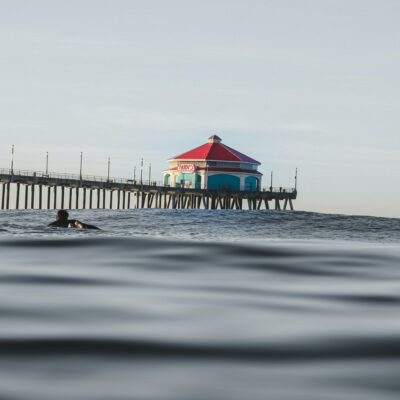
U.S.A Standing Wave Surf Spots
Standing Wave Surf Spots
U.S.A

U.S.A
One of the top surfing spots in California, if not the entire United States, is undoubtedly Santa Cruz. For those who are more experienced, Cowell’s Beach is a step up from Pleasure Point and Capitola Beach. Further south, it is simple to understand why Huntington Beach, California, is known as Surf City USA. It has 16 kilometers of unbroken shoreline and reliable year-round surf. Huntington Beach has hosted multiple annual surfing competitions, including the esteemed US Open of Surfing and NSSA Championships, since Duke Kahanamoku first paddled there in 1922. Due to its combination of history and status as a global center of surf culture, it continues to be one of the most well-known surf places in the world.
Standing Wave
Standing wave, river wave, and rapid wave surfing are all forms of inland surfing that differ significantly from traditional ocean surfing. In ocean surfing, waves are generated during storms on the open ocean far away from the coastline and travel a long way toward the shore, requiring surfers to paddle out, time their takeoff, and ride the moving wave as it breaks. It’s a dynamic and often unpredictable experience, heavily influenced by tides, wind, and swell. In contrast, river and standing wave surfing take place on stationary waves, either in natural river features or artificial wave parks. These waves don’t move down the line — instead, water flows over a fixed obstacle to create a surfable wave that stays in place. Surfers ride the wave by balancing and rail-to-rail surfing, often with the ability to surf for much longer durations without the need to paddle or catch waves. River waves can be natural or engineered, and while they offer consistency and accessibility, they also come with challenges like shallow water, cold temperatures, and strong currents.

